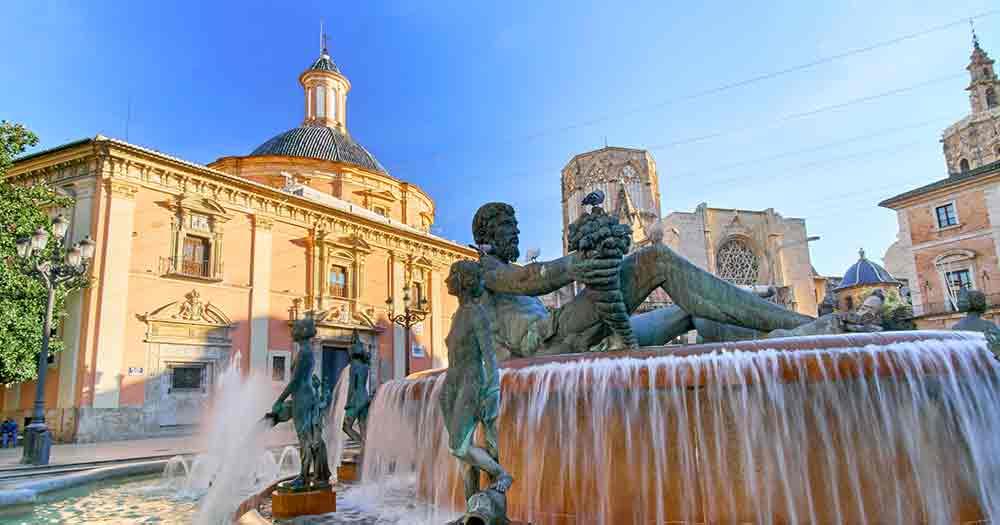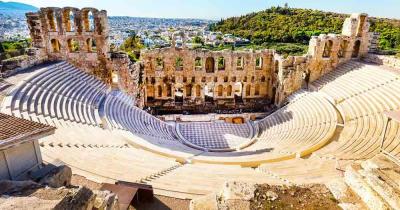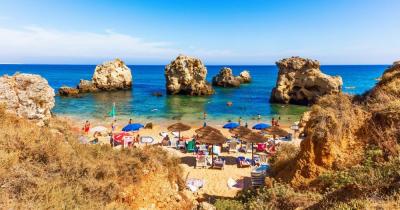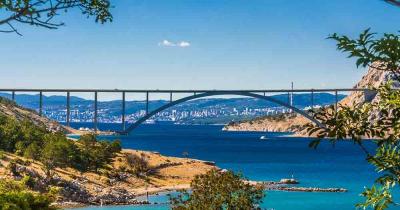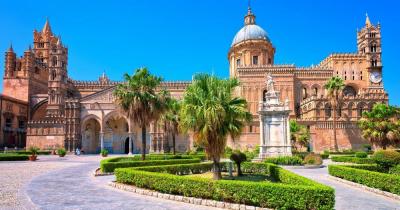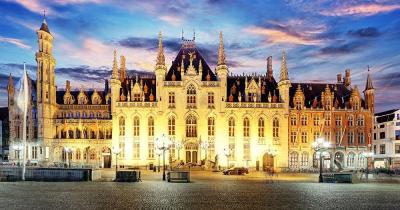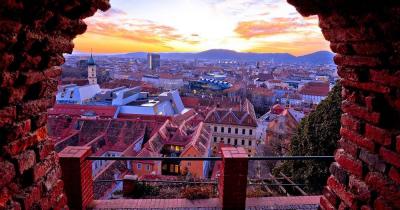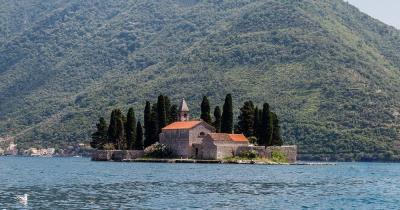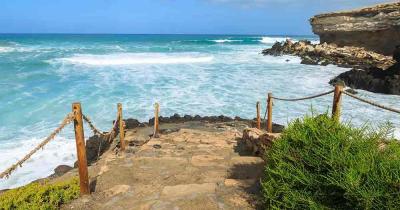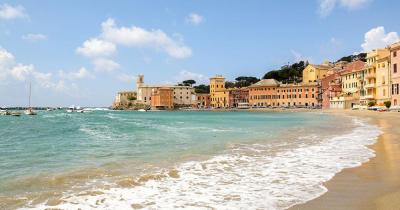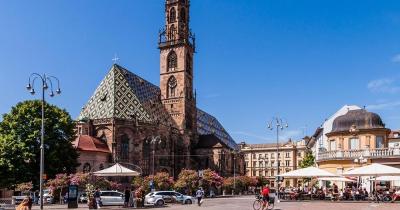Valencia
Barcelona's little sister
Categories: Valencia Autonomous Community of Valencia Mediterranean region Spain
In the third largest city in Spain, history and modernity meet like only in few places in the world. The Catalan city is the capital of the Comunidat Valencia. It is located about 320 kilometers southeast of Madrid at the mouth of the river Turia into the Mediterranean Sea. Here live about 800,000 inhabitants, in the greater area of the city even 1.8 million. The autonomous region comprises the provinces of Valencia, Castellon and Alicante. Valencia was founded by the Romans in 138 B.C. and has experienced an exciting history of over 2,000 years of changing domination.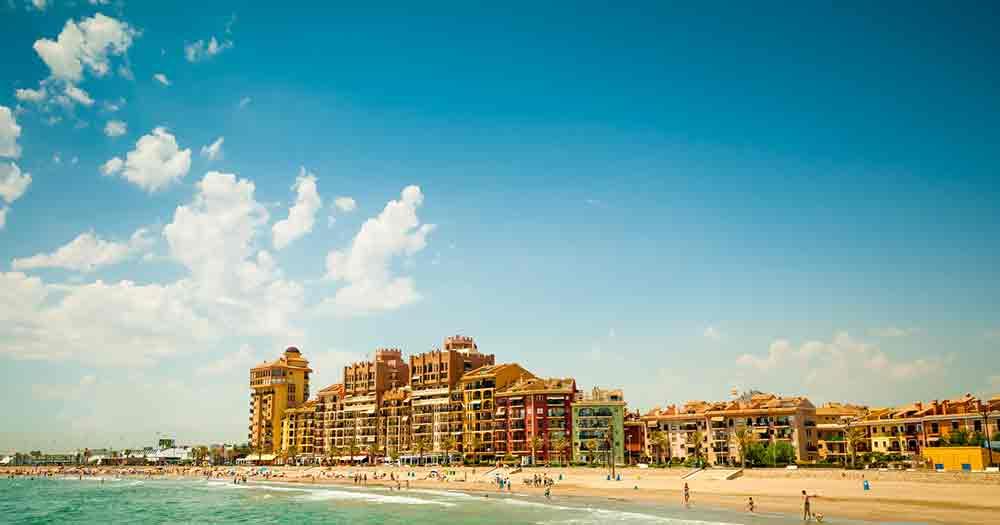 © unclepodger / Fotolia
© unclepodger / Fotolia
Under changing predominance
Before the Roman colony of Valentia, whose founder is considered to be the Roman consul Decimus Iunius Brutus Callaicus, a Phoenician and later a Greek settlement already existed here. The ancient settlements were located about three kilometres from the sea, where today the Gothic cathedral La Seo and the old town centre are located. In the 5th century AD Valencia came under Visigothic domination and was conquered by the Arabs in the early 8th century. In the Caliphate of Cordoba the city grew considerably.
In 960, the oldest permanent court in the world, the Tribunal de las Aguas, was installed here. The Water Court still meets weekly in Valencia Cathedral. The Castilian knight El Cid conquered the city in 1094 and proclaimed it his private kingdom. King James I of Aragon took Valencia in 1238. The event is still celebrated today, on 9 October. Valencia remained an autonomous kingdom until 1707. Ready in the 15th century, 75,000 people lived in the city and numerous Gothic buildings were built, which still characterize the cityscape.
The Middle Ages meet the modern age
Valencia is a city full of culture and places of interest. There is a large number of churches and monasteries in the Gothic, Renaissance and Baroque styles. The old city gates date from the 15th century. The silk exchange Lonja de la Seda, a famous gothic building, was declared a UNESCO World Heritage Site in 1996. The Spanish architect Santiago Calatrava designed the City of Arts and Sciences for Valencia, which includes a whole range of institutions and buildings in modern architecture.
These include L'Oceanogràfic, the largest aquarium in Europe, museums, opera house, music palace, botanical garden, discotheque and the L'Hemisfèric cinema. Valencia is a young and lively city where many festivals are celebrated. Important for Valencia are the Fallas, the spring fiestas, for which house-high sculptures made of papier-mâché are made, which are finally burned in the night of the fire. If you like to shop a lot, Valencia is also the right place. On special nights, many shops are open until midnight. Valencia also hosts various art, theatre, film and music festivals.
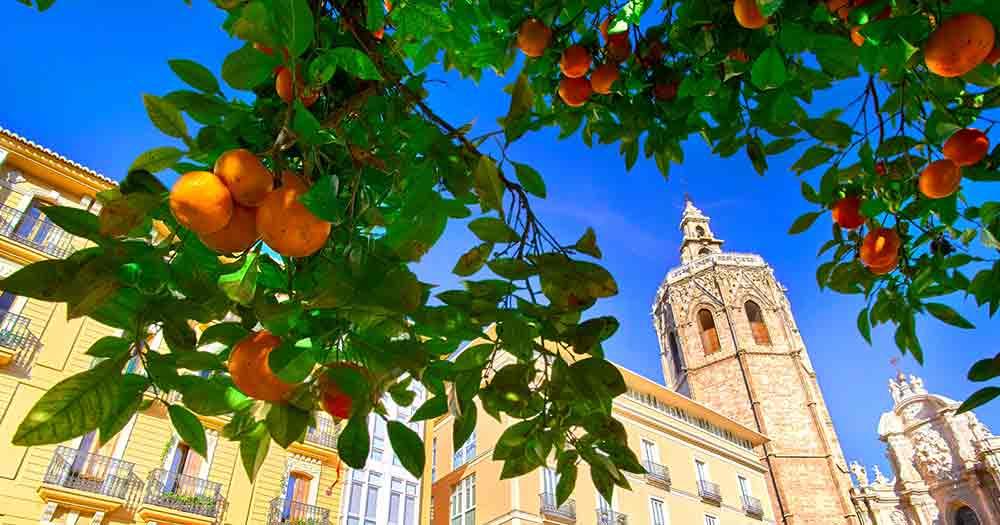 © twindesigner / Fotolia
© twindesigner / Fotolia
A trip to Valencia is always worthwhile
In the Catalan city you can enjoy the summer days at the sea and also the night life does not come too briefly. Culinary delights are also available, such as a Paella Valenciana with green beans, chicken and rabbit. With it one drinks a horchata made of almonds, a cebada, a malt beverage that is still handed down from the Roman times, or an Agua de Valencia made of cava, orange juice and orange brandy.
